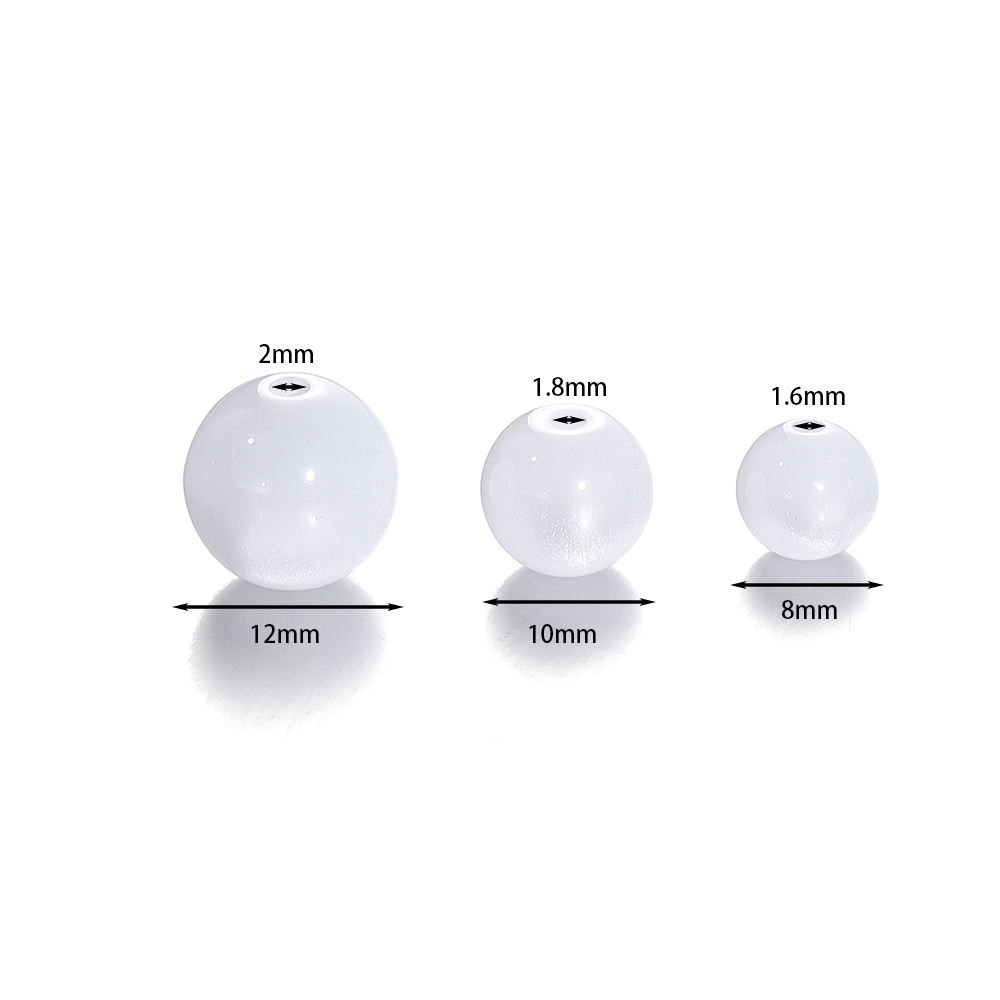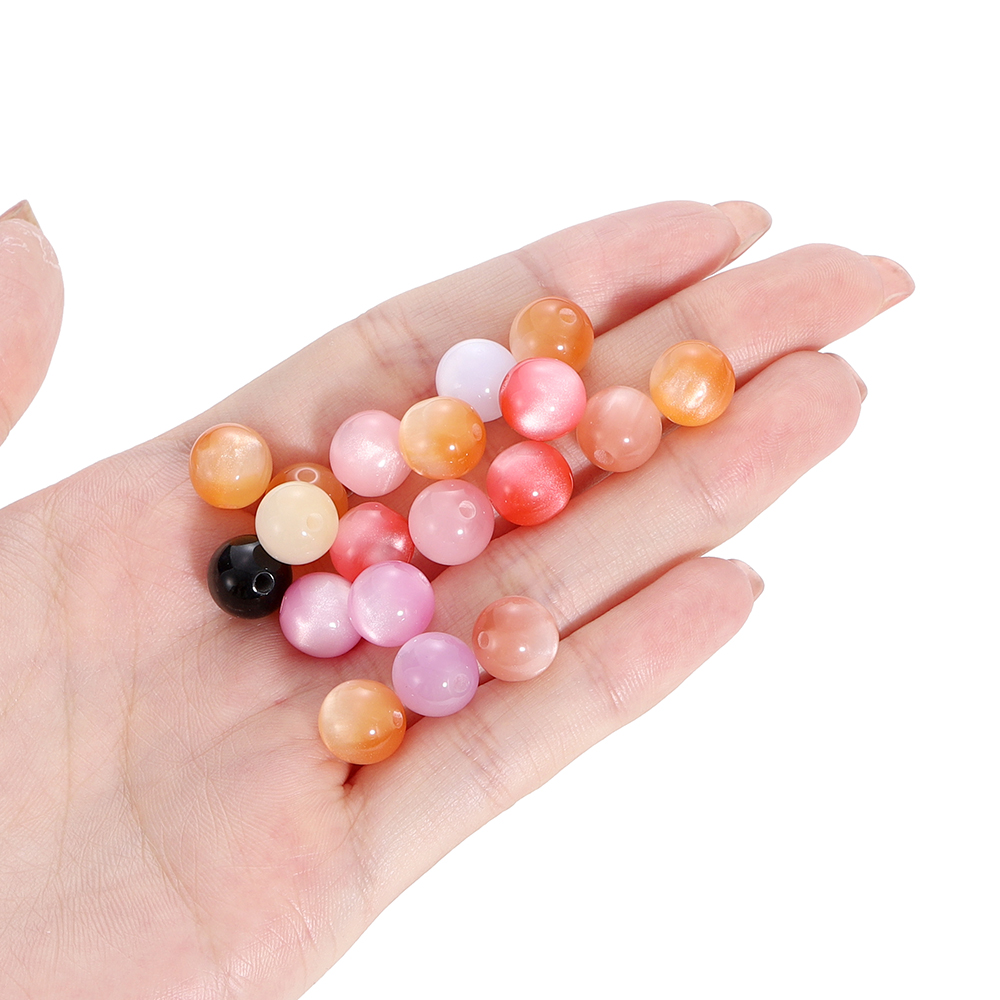Types of beads for bracelets – What Styles Are Available
Introduction
Types of beads for bracelets have a long history of being cherished accessories, with beads serving as essential elements that enhance the beauty and uniqueness of these adornments. The realm of beads offers a vast selection of options, each possessing distinct characteristics and allure. In this essay, we will embark on a journey to discover the various types of beads utilized in bracelet making, exploring their diverse materials, colors, textures, and cultural significance. By acquainting ourselves with the plethora of beads available, enthusiasts of jewelry design can fashion exquisite bracelets that mirror their personal style and ingenuity in 2024.
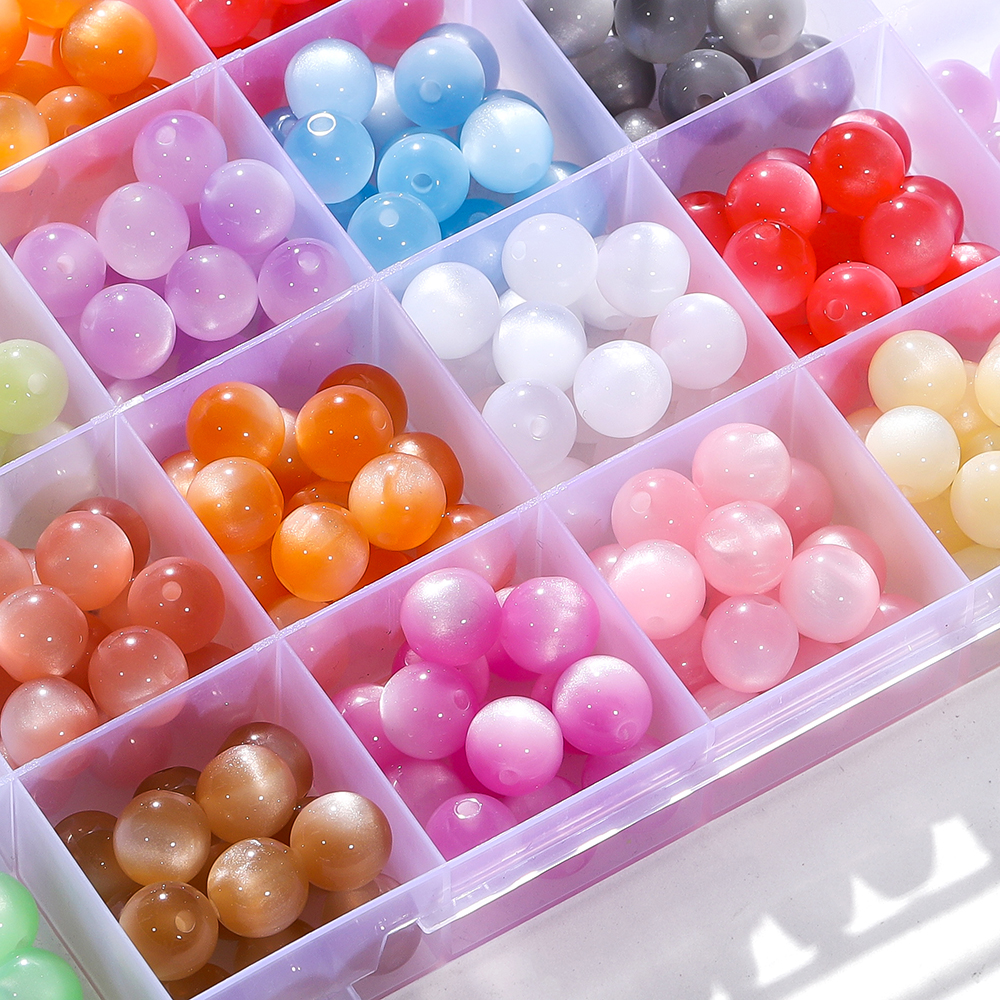
Different Type of Beads
- Seed Beads Seed beads are diminutive spheres available in an array of sizes and colors, ideal for intricate designs and detailed patterns. Widely employed in traditional Native American jewelry, seed beads present remarkable versatility in creating elaborate textures and motifs within bracelets.
- Metal Beads Metal beads, including sterling silver, brass, and gold-plated variations, lend sophistication and luster to bracelets. Whether used as accents or focal points, metal beads contribute a luxurious and chic finish to bracelet compositions.
- Ceramic Beads Handmade ceramic beads come in an assortment of shapes, colors, and patterns, adding a unique and artistic flair to bracelet designs. These beads serve to introduce bursts of color and texture, elevating bracelets into statement pieces of wearable art.
- Pearl Beads Timeless and classic, pearl beads exude elegance and grace in bracelet creations. Whether arranged individually or combined with other beads, pearls add a touch of refinement and sophistication to any bracelet style, embodying a sense of enduring beauty.
- Acrylic Beads Lightweight and available in a myriad of colors and shapes, acrylic beads are versatile components for crafting fun and vibrant bracelet designs. Their playful and colorful nature makes them ideal for creating casual yet eye-catching bracelets suitable for various occasions.
- Crystal Beads Crystal beads sparkle and shimmer, infusing gold bracelet. Available in diverse shapes such as bicone, rondelle, and teardrop, crystal beads offer endless creative possibilities, allowing for the crafting of dazzling and luxurious bracelets.
- Bone Beads Crafted from animal bones. Bone beads provide a natural and rustic appearance to bracelets. Often featured in tribal or ethnic-inspired jewelry designs. Bone beads introduce a unique and earthy element to bracelet ensembles, evoking a sense of cultural richness and authenticity.
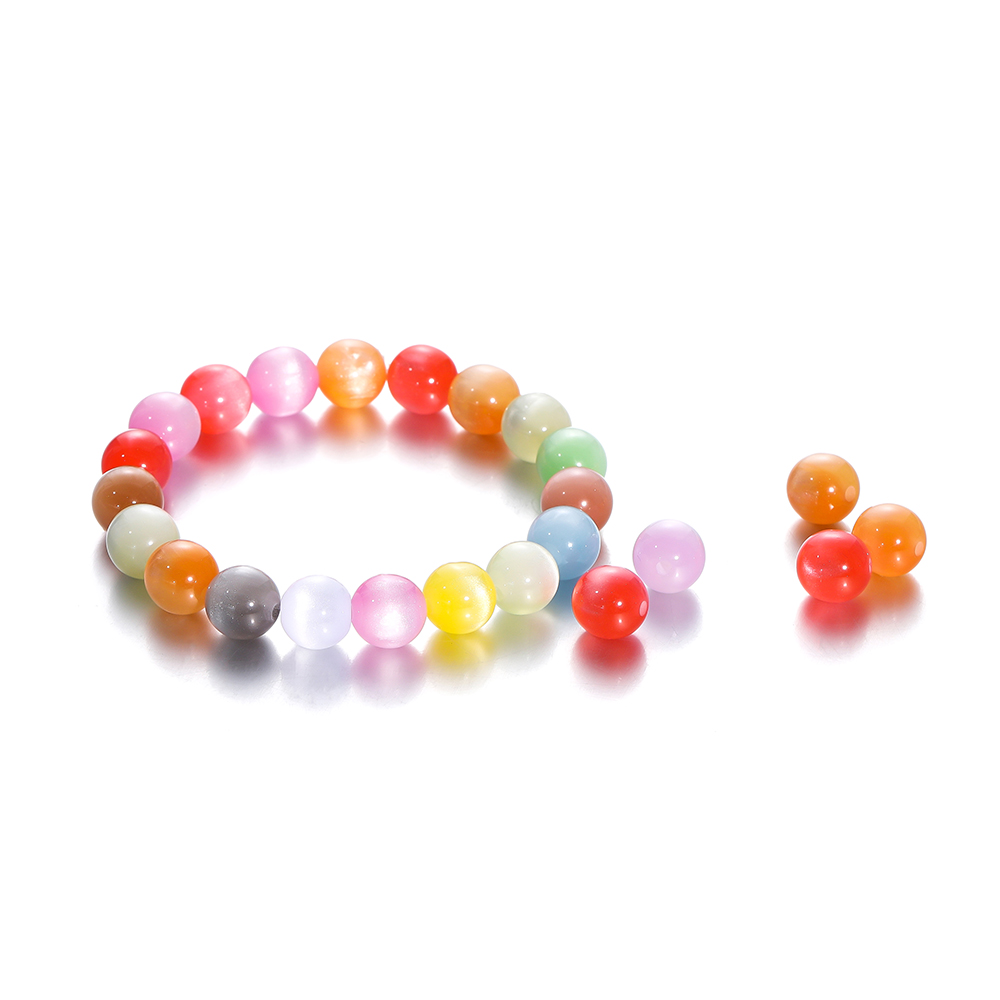
How to match types of beads for bracelets?
Creating a stunning bracelet involves more than just selecting beautiful beads. It requires a keen eye for color, texture, size, and style coordination. The arrangement of beads plays a crucial role in defining the overall aesthetic appeal of the bracelet. Highlighting certain elements while harmonizing others. In this exploration of bead coordination for bracelets. We will delve into the art of combining different types of beads to achieve balance, contrast, and visual interest.
Understanding Bead Coordination
- Color Harmony Color combos for bracelets is a fundamental aspect of bead coordination, influencing the mood and impact of a bracelet design. When combining beads of different colors, consider complementary, analogous, or monochromatic color schemes to create harmony or contrast. Experiment with color gradients, contrasts, or patterns to achieve a cohesive and visually appealing bracelet composition.
- Texture Contrast Incorporating beads with varied textures adds depth and visual interest to a bracelet. Smooth glass beads can complement rough gemstone beads, while matte ceramic beads can contrast with shiny metal beads. Mixing textures creates a tactile experience and enhances the overall appeal of the bracelet design.
- Size and Shape Balance Balancing bead sizes and shapes is essential for creating a harmonious bracelet layout. Alternate large beads with smaller ones to establish rhythm and flow within the design. Integrate beads of different shapes, such as rounds, cubes, and faceted beads, to add diversity and intrigue to the bracelet structure.
- Focal Point Placement Identify a focal point within the bracelet design, whether it be a unique bead, a cluster of beads, or a charm. Position the focal point strategically to draw attention and create a focal area that serves as the centerpiece of the bracelet. Surround the focal point with complementary beads to enhance its prominence and impact.
- Layering and Stacking Experiment with layering multiple strands or stacking different types of beads to create dynamic and layered bracelet designs. Combine beads of varying lengths, materials, and colors to achieve a stacked effect that adds dimension and complexity to the bracelet. Play with asymmetry and balance to craft visually captivating arrangements.
- Cultural and Symbolic Considerations Incorporate beads with cultural or symbolic significance to infuse meaning and personalization into the bracelet design. Select beads that resonate with your beliefs, traditions, or heritage, adding depth and storytelling elements to your jewelry creation. Whether incorporating birthstones, religious symbols, or tribal motifs, let the beads convey a narrative through their design.
Styles and Designs of Beaded Bracelets
Single-Strand Bracelets
Single-strand beaded bracelets feature a straightforward design with beads strung together on a single thread or elastic cord. These bracelets are versatile and can be worn alone for a minimalist look or stacked with other bracelets for a layered effect. Single-strand designs often highlight the beauty of each bead, whether it’s a vibrant glass bead or a serene natural stone.
Multi-Strand Bracelets
Multi-strand beaded bracelets feature multiple strands of beads woven together to create a fuller, more textured look. These bracelets may combine different types of beads, such as alternating colors of glass beads or a mix of metal and gemstone beads. Multi-strand designs offer a bold statement and can be customized to reflect personal style preferences, making them ideal for both casual and formal wear.
Charm Bracelets
Charm bracelets incorporate beads along with charms or pendants that hold personal meaning or symbolism. Charms may be engraved with initials, represent hobbies or milestones, or feature symbols of luck and protection. Beads on charm bracelets serve as spacers or decorative elements between charms, adding color and texture to the overall design. These bracelets are popular as gifts and cherished for their sentimental value.
Stretch Bracelets
Stretch bracelets are designed with elastic cords that allow them to easily slide onto the wrist without the need for clasps. Beads on stretch bracelets can vary in size, shape, and material, creating a versatile accessory that fits comfortably on any wrist size. These bracelets are convenient for everyday wear and can be customized with beads that reflect personal style preferences or match different outfits.
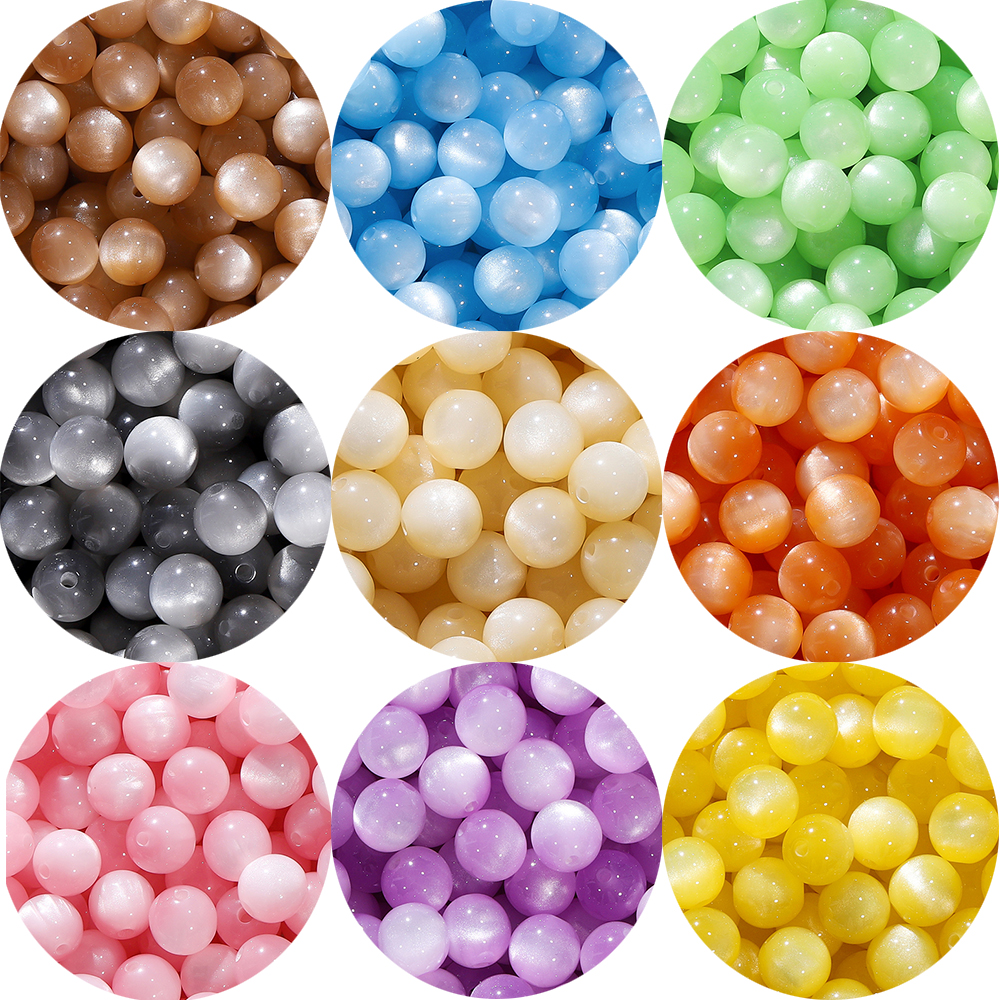
Trends in Beaded Bracelets
Minimalist Designs
Minimalist beaded bracelets feature clean lines, simple patterns, and a focus on understated elegance. These designs often use monochromatic color schemes or subtle contrasts in texture to create a refined look. Minimalist bracelets are favored for their versatility, seamlessly transitioning from day to evening wear with ease.
Bohemian and Tribal Influences
Bohemian and tribal-inspired beaded bracelets embrace vibrant colors, intricate patterns, and a mix of materials such as leather and beads. These bracelets often feature earthy tones, geometric shapes, and symbols that reflect cultural influences from around the world. Bohemian bracelets are ideal for those who appreciate free-spirited style and wish to make a statement with their accessories.
Personalized and Customizable Options
Personalized beaded bracelets allow wearers to create unique pieces that reflect their individuality and personal stories. Customizable options may include initials, birthstones, or engraved messages on beads or charms. These bracelets are popular as gifts for special occasions and celebrations, offering a thoughtful way to commemorate milestones and relationships.
Choosing and Caring for Beaded Bracelets
Selecting the Right Bracelet
When choosing a beaded bracelet, consider factors such as bead material, design style, and how it complements your personal wardrobe. Assess the durability of the bracelet and whether it suits your lifestyle, whether you prefer casual everyday wear or need something more formal for special occasions.
Caring for Your Bracelet
To maintain the beauty and longevity of your beaded bracelet, avoid exposing it to harsh chemicals, moisture, or prolonged sunlight. Clean metal beads with a soft cloth to remove fingerprints, and gently wipe down glass or stone beads with a damp cloth. Store bracelets in a jewelry box or pouch to prevent tangling and protect them from scratches or damage.
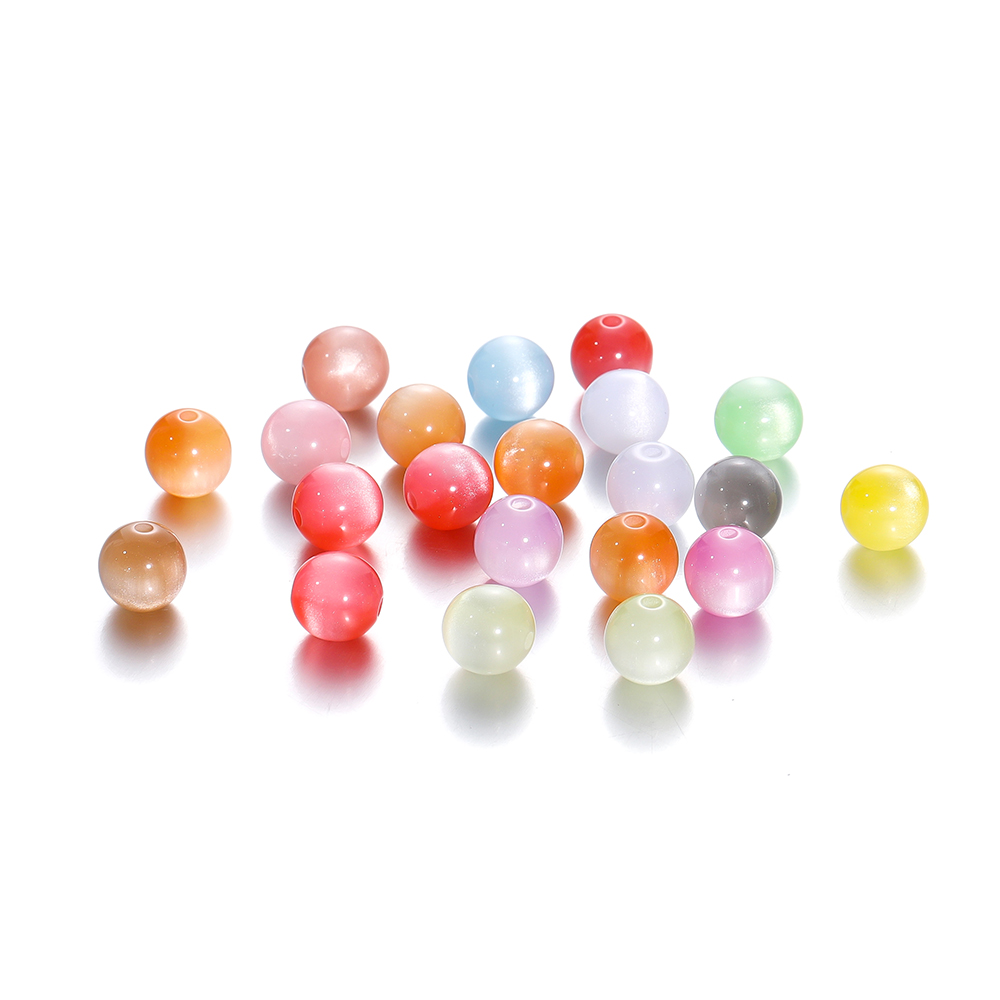
Tips for Successful Bead Coordination
- Start with a focal bead or theme to guide your bead selection process.
- Create a color palette or mood board to visualize the desired look and feel of the bracelet.
- Experiment with bead combinations on a beading board before finalizing the design.
- Consider the wearer’s style, preferences, and occasions for wearing the bracelet.
- Pay attention to proportions, spacing, and symmetry when arranging beads in the bracelet.
Conclusion
The world of beads presents a tapestry of possibilities. Offering individuals the chance to create bracelets that are as unique as they are expressive. From the intricate seed beads to the luxurious crystal beads, each type of bead brings its own character. And charm to bracelet designs, enabling artisans to convey their creativity. And personality through their jewelry creations. By exploring the diverse range of bead options and experimenting with various combinations. Jewelry enthusiasts can fashion bracelets that not only adorn the wrist but also narrate a tale and evoke emotions. Embrace the enchantment of beads. And allow your imagination to guide you in crafting exquisite bracelets. That reflect your individuality and passion for the art of jewelry-making.
